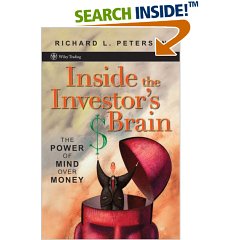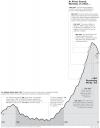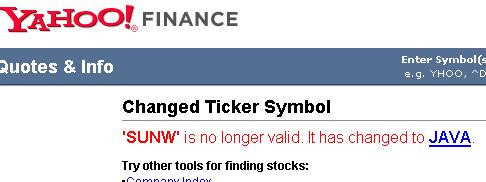So, we all know about the Fed’s change in interest rates this morning, and how they lowered the discount window rate for banks but not the more widely tracked Fed Funds Discount Rate…? and they’ll most likely start lowering the Fed Funds rate soon.
The Fed clearly pulled out as many tricks as possible with this one. They released the news pre-open for the markets on an option expiration Friday. Only yesterday Bill Poole was quoted as saying there was no need for a rate cut, and it would only be done in an emergency, or something like that.
There was an insightful a late Thursday night comment at the Big Picture that is worth sharing:
What I wonder is whether Frank Poole may be setting things up for what we’ll call the 1998 Bob Rubin Special. If you’ll remember, Rubin came out in the thick of the 1998 currency crisis and said “there’s no way we’re cutting rates”. The shorts piled into every kind of currency trade, having been given the green light by Rubin. Then, the next day — a 100-basis-point cut! The shorts were blown to shreds and forced to cover, putting a floor under the market. Bob Rubin, Secretary of the Treasury, flat-out *lied* to the markets, but it was brilliant — the rate cut had even greater effect with a ferocious short squeeze behind it.
So, what was the effect of the Fed tricks?? A 233 point rally in the Dow.? Not bad, certainly a relief after the jarring selling that the market has gone through over the last few weeks.
But 233 points is not that big…? it’s 1.8% – yes, a healthy one day move.? But before the market opened, we had several commentators extremely excited…? Cramer supposedly offered “this will be the biggest one day move in history” (the biggest move would have been over 500 points on the Dow).? Bill Cara opined “Today will be a moonshot in US capital markets. Color it golden.”? Both comments were made pre-open.
Like I said yesterday, we were set up for some bullish action.? And that was before the Fed did their magic trick and hand waving this morning.? Without the Fed, I would have put a 233 point move in the category of a “decent” bounce, and likely to lead to at least a few more days of strength.? Only if we consider Thursday and Friday’s moves together do we see a ~500 point rally…
To sum up, we should have seen a moonshot.? The Fed doesn’t come out and do its dance very often, nor do they usually pander to Wall Street or market moves.? I’m not convinced that the bull is back, or that we’re not in for more turmoil in the near future.
I guess the big thing to watch is how markets behave on Monday when it’s not option expiration and not an impromptu Fed day.



